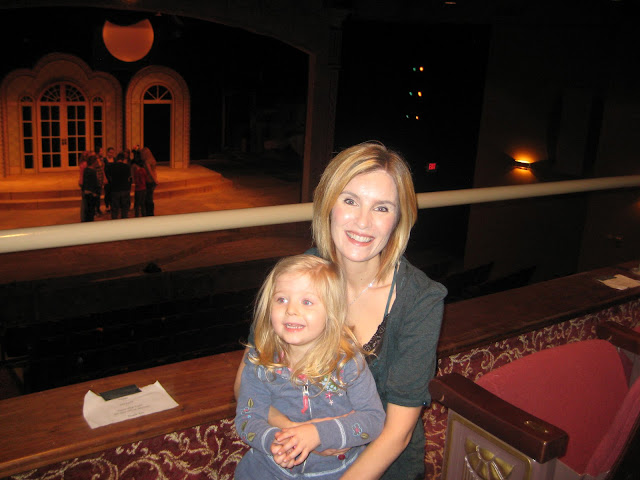Behind The Performance of The Boy Who Grew Flowers
I have been a fan of Barefoot Books since its inception. For over 20 years I have used Barefoot Books in our classroom arts in education teachings, and more importantly, I have used these books as references when performing traditional oral storytelling. When we began presenting Hatched in New York City, our show for the very young, one of the ambassadors set up a booth to sell the wonderful board books, puppets and other offerings from Barefoot. The books and products are truly sustenance for young minds, created with beautiful artwork, excellent storytelling, and powerful messaging. A Barefoot Book is truly a treasure for young people and their grown-ups. The Barefoot Books’ mission aligns well with the Treehouse Shakers’ mission; we are committed to creating high-quality, thoughtful and engaging arts programming for young people.
I was thrilled when we received the rights to one of our favorite Barefoot Books’ The Boy Who Grew Flowers by Jen Wojtowicz to adapt into a play. This book has great meaning to us, as it was written for the author’s brother who has autism and is a delightful and thoughtful story that explores diversity, navigating adversity, creating empathy and celebrating individualism. Once we announced that we were including The Boy Who Grew Flowers into our touring roster, and would premiere the work in at The Ailey Citigroup Theater in April 2019, we immediately received a commission from The Performing Arts Center at Purchase College, under director Seth Soloway, to finish making and to present the piece in their upcoming 2020 season. The performance already has numerous additional touring dates throughout the U.S. beginning in the fall of 2019 through Spring 2020.
Adapting a book into a dance-play for Treehouse Shakers, was my first. Over our 23 years I have written and directed all of the original plays. By doing an adaptation, I wanted to be true to the nature of the book by creating a compelling, poetic narrative while also creating the awe-inspired feeling that is experienced while reading The Boy Who Grew Flowers. The design reflects the book’s visual aesthetic, without copying, through artistic diversity and visual beauty, allowing the play to be compelling and profound through its own merit. The piece explores varying theatrical styles, helping to present an emotionally captivating and intrinsically layered visual story, while embracing the rich flavors of Americana folklore. The puppetry is visually enticing, texturally rich, and specifically created to delight young viewers. Various sizes of handmade shadow puppets help to create an immersive visual story, while dance, beautifully choreographed by Emily Bunning, is woven throughout. The music composition by Martyn Axe, incorporates musical influences of mountain folk songs, bluegrass and swing, creating a rhythmic, down-home and compelling original soundtrack. The music expertly tells the story of the setting, the emotional landscape of the characters, while also being symbiotic with the choreography, acting and puppetry.
After premiering the piece this past April, we presented the work for our first touring date at Laguardia Performing Arts Center in Queens, New York. Following one of the school-time performances, the cast and I were greeted by some of the kindergarten students. One of the teachers introduced us to her class, and then asked, “What was the thrust of this play?” One little girl raised her hand and said, “We should always judge others by their heart and not by their face.” Another young boy said, “Show kindness to others.” And then a very adamant boy, who was jumping enthusiastically in the air said, “The play was about finding world peace.”
If the story of The Boy Who Grew Flowers is allowing five-year old students to imagine a world of kindness, love and peace, then that is truly the positive impact of creating high-quality storytelling to nourish young minds.








Comments
Post a Comment